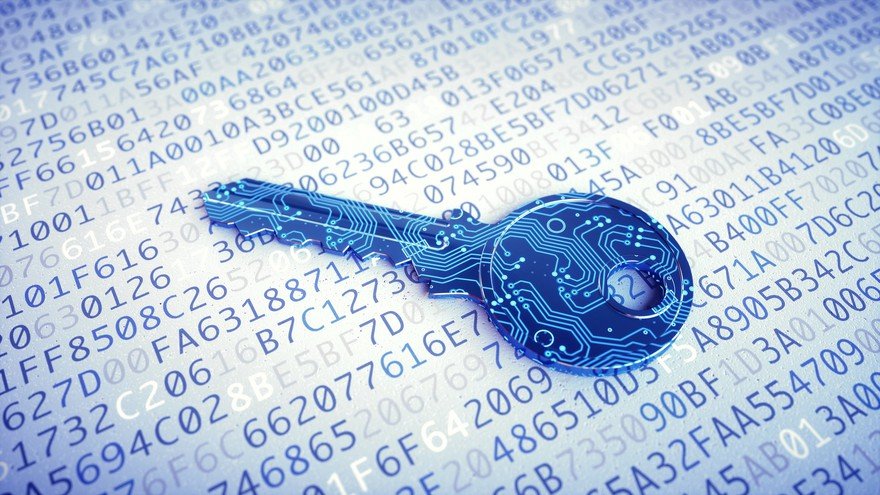Communication is the foundation of human progress. From the earliest cave paintings and smoke signals to the rise of the printing press and the digital revolution, the way we share information has shaped civilizations. Each leap forward—letters carried by couriers, telegraphs spanning continents, telephone lines weaving the world together—has brought humanity closer, making the exchange of ideas faster and more efficient.
By the 20th century, we entered an era where communication became nearly instantaneous. The invention of radio and television allowed messages to reach mass audiences, while the internet brought a level of connectivity previously unimaginable. Today, we live in a world where text, video, and voice travel across the globe in milliseconds, empowering collaboration, commerce, and cultural exchange on a scale never before seen.
But as communication evolved, so did the threats against it. The same technologies that allow us to connect also make us vulnerable. Cybersecurity breaches now dominate headlines, from personal data theft to the compromise of critical infrastructure. Governments, corporations, and individuals face the growing specter of cyber warfare, where malicious actors can intercept, manipulate, or destroy sensitive information with devastating consequences.
The Cybersecurity Challenge in a Hyperconnected World
In the digital age, communication systems are not only tools of convenience but also strategic assets. Banking transactions, military commands, health records, and even elections depend on the security of information exchanged online. Yet, no system is entirely immune. As encryption methods grow more sophisticated, so do the methods of attack, creating an endless cycle of innovation and exploitation.
The rise of quantum computing has added urgency to this challenge. While still in its infancy, quantum computers have the potential to break many of the encryption algorithms that secure today’s digital communications. The once-reliable defenses of cryptographic keys could soon crumble, exposing sensitive information to anyone with access to this powerful technology.
A Quantum Approach to Securing Communication
It is within this context that Georgios M. Nikolopoulos’s research emerges, offering a new paradigm for protecting information in an uncertain future. By exploring the principles of quantum mechanics, Nikolopoulos has developed a protocol that aims to secure communication networks against even the most advanced threats.
At the heart of his work lies the Quantum Diffie-Hellman (QDH) key exchange protocol , which builds on the classical Diffie-Hellman method, a cornerstone of modern cryptography. While the traditional method relies on the difficulty of solving mathematical problems, the quantum version leverages the inherent properties of quantum mechanics to create a secure channel for exchanging encryption keys.
How Does the Quantum Diffie-Hellman Protocol Work?
To understand QDH, imagine Alice and Bob, two users trying to establish a secure line of communication. In classical cryptography, they exchange public keys that, when combined with private keys, allow them to generate a shared secret. However, this approach is vulnerable to quantum computers, which can solve the mathematical problems underpinning the exchange.
In QDH, Alice and Bob use symmetric coherent states —quantum information carriers that can encode data securely. By manipulating the phases of these states using phase modulators, they create independent random quantum states. When these states interfere, they produce a secure shared key. If an eavesdropper like Eve tries to intercept the exchange, her presence introduces errors that alert Alice and Bob to the intrusion, rendering the communication line insecure and unusable.
This method relies on the interference of weak coherent states and does not require a third party, as in many quantum key distribution (QKD) protocols. It also avoids vulnerabilities like Photon Number Splitting (PNS) attacks, making it more robust than existing quantum systems.
Real-World Applications of QDH
1. Protecting Critical Communication Networks
QDH could secure communication systems for governments, military organizations, and corporations handling sensitive data. Imagine diplomatic exchanges, military commands, or corporate strategies shielded from interception, even in the face of quantum-powered adversaries.
2. Safeguarding Financial Transactions
As financial institutions move trillions of dollars daily, QDH could provide an unbreakable layer of security for online banking, stock trading, and payment systems.
3. Enhancing IoT Security
The Internet of Things (IoT) connects millions of devices, from smart home systems to autonomous vehicles. QDH could protect these networks from hacking attempts, ensuring that devices communicate securely.
4. Revolutionizing Healthcare Data Privacy
Hospitals and healthcare providers rely on vast networks to store and transmit sensitive medical records. QDH could guarantee the privacy of patient data, protecting it from breaches that could have life-altering consequences.
Challenges and Opportunities
While QDH is promising, it is not without challenges. The protocol requires precise phase control and stabilization to ensure that the quantum-key state and cipher state align perfectly during transmission. However, these technical hurdles are surmountable with continued advancements in quantum hardware and communication systems.
The protocol’s simplicity and robustness make it a strong candidate for real-world adoption, particularly as quantum technology becomes more accessible. Unlike other quantum systems, QDH does not have strict requirements regarding channel losses, detection efficiency, or photon count, making it adaptable to a wide range of environments.
Securing the Future
Nikolopoulos’s Quantum Diffie-Hellman protocol represents more than a scientific innovation—it is a blueprint for a future where secure communication is a fundamental right, not a luxury. As we move toward a world increasingly shaped by quantum technologies, the ability to protect information will define the success of industries, governments, and individuals alike.
This research, co-funded by the European Union under the Digital Europe Program, is laying the groundwork for communication systems that are not only faster but also more secure. With protocols like QDH, we are taking the first steps toward a new era where privacy and security are inherent in the fabric of our connected world.
The challenges ahead are real, but so is the potential. As quantum science continues to evolve, the vision of secure, unbreakable communication is no longer a distant dream—it is a future within reach.

